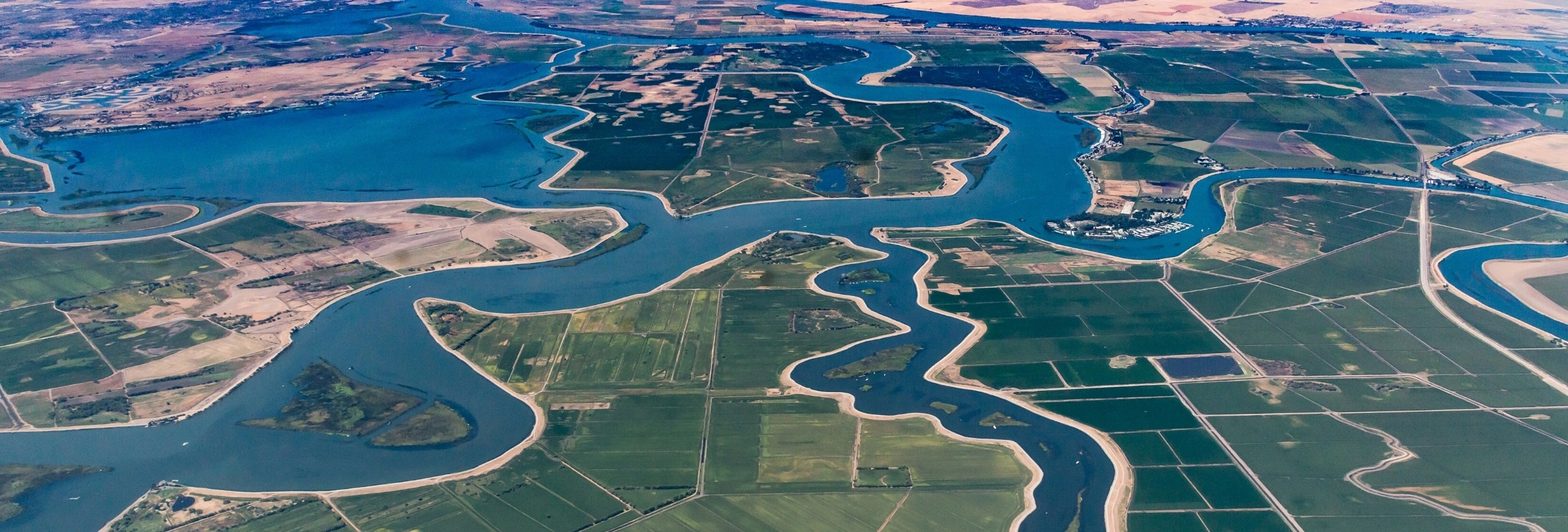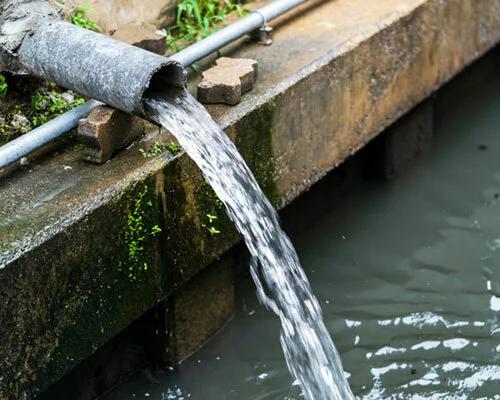On January 31, 2024, the U.S. Environmental Protection Agency (EPA) announced that it is proposing to list nine per- and polyfluoroalkyl substances (PFAS) as hazardous constituents under the Resource Conservation and Recovery Act (RCRA). This action represents another significant step in the regulation of PFAS.
PFAS are a key focus of many environmental regulators and of many people as well largely based on their ubiquity and catchy nickname “forever chemicals.” Both come from the fact that PFAS do not break down naturally over time either in the environment or in the human ...
On January 10, 2024, Governor Newsom announced his 2024-2025 State budget proposal for $291 billion with a $37.9 billion proposed deficit. For water projects, the proposal is remarkably similar to his proposal from last year. The main differences as compared to last year’s proposal are bigger cuts (to many of the same areas cut last year) and less funding for new projects.
Governor Newsom seeks to address the $37.9 billion budget shortfall (which is substantially lower than the Legislative Analyst Office’s $68 billion projection from last month) through a variety of ...
After releasing the final environmental report (EIR) for the Delta Conveyance Project on December 8, the Department of Water Resources (DWR) certified it on December 21, 2023. The certification of the final EIR is a significant step forward for the Delta Conveyance Project, a key project for the Newsom administration. It also provides the basis for legal challenges, which are all-but inevitable.
The Delta Conveyance Project is the latest in a long line of proposed conveyance projects designed to bring water from northern California to southern California. Different iterations of ...
If there is one truism in California water, it is that there is not enough of it. In part to try to help address that issue, on December 19, 2023, the California State Water Resources Control Board (State Water Board) adopted the state’s first direct potable reuse (DPR) regulations. As detailed in the State Water Board’s press release, the new regulations represent the “most advanced standards in the nation,” provide a “climate-resilient water source,” and “add millions of gallons of additional drinking water.” However, is the picture quite that rosy? …
The year started with a bang, with a lot of new Members of the Legislature, and more seasoned Members, invigorated and motivated to tackle some major water policy and funding issues for California. While some significant water policy changes were passed by the Legislature this year (with much controversy), there is still much left to debate and discuss in the second year of the two-year session, which will begin on January 3, 2024. …
On November 21, 2023, the Ninth Circuit Court of Appeals issued its decision in Cottonwood Environmental Law Center vs. Edwards addressing various Clean Water Act issues. Its two key holdings were that (1) the district court did not err when it rejected plaintiff’s direct discharge theory and (2) the district court did err when it held that plaintiff did not provide sufficient notice. …
On November 20, 2023, a panel of the Ninth Circuit Court of Appeals issued its opinion in Idaho Conservation League v. Poe, No. 22-35978. Therein, the Court upheld its previous interpretation of “discharged” in the context of an allegation that a party violated the National Pollutant Discharge Eliminating System (NPDES) permit system under the Clean Water Act. It did so notwithstanding the defendant’s allegation that Supreme Court precedent overruled that interpretation. …
Deadlines are upcoming related to the multi-district per- and polyfluoroalkyl substances (PFAS) litigation. The relevant settlements are with DuPont, Chemours, and Corteva (collectively, DuPont) and 3M, parties who allegedly manufactured various PFAS chemicals. The currently-pending settlements cover $1.185 billion for DuPont and $10.5-$12.5 billion for 3M.
The litigation is focused on alleged contamination of drinking water caused by DuPont’s and 3M’s alleged manufacture of PFAS chemicals. PFAS are a family of manmade chemicals that are used due to beneficial ...
Providing affordable, safe and reliable water service in California is becoming increasingly challenging. Water service providers must deal with aging infrastructure, increasingly stringent water quality regulations and the threat of more frequent and extreme weather events, such as fires, drought and flooding, due to climate change. Smaller water service providers may struggle with adapting their operations to comply with changes in water quality requirements. These systems, which often rely on a single water source, are less resilient in dealing with contamination or ...
On October 8, 2023, Governor Gavin Newsom signed into law Senate Bill 389 (SB 389), which amended § 1051 of the Water Code to expand the investigatory authority of the State Water Resources Control Board (Water Board). The bill was introduced by Senator Ben Allen of Santa Monica.
While the bill imbues the Water Board with additional investigatory authority to ascertain whether or not a water right is valid, it does not alter the statutory scheme for enforcement should the Water Board determine as part of an investigation that a particular diversion or use of water was not supported by a ...
California Water Views provides timely and insightful updates on the water sector in the state. We relay information on how water legislation and policy from the nation’s capital, Sacramento, and around the U.S. affect California’s water utilities, agencies, practitioners, and consumers. We also write about important events, conferences, legal cases, and other key happenings involving all things water in and around California.
Stay Connected
 RSS Feed
RSS Feed
Categories
- Clean Up of Groundwater & Contaminated Media
- Climate Change
- Coastal Development
- Construction
- COVID-19
- Dam Construction, Operation & Removal
- Desalination
- Environmental Protection Agency
- Events
- Government Administration
- Groundwater Management & SGMA
- Inverse Condemnation & Regulatory Takings
- New Legislation
- Oceans, Marine Life & Maritime Transportation
- Project Construction
- Projects
- Public Agency Regulation
- Recycled Water
- Regulatory Reform & Proposed Rules
- Right to Take
- Valuation
- Water Infrastructure
- Water Litigation
- Water Quality
- Water Rights
- Water Supply
- Water Utility Regulation









